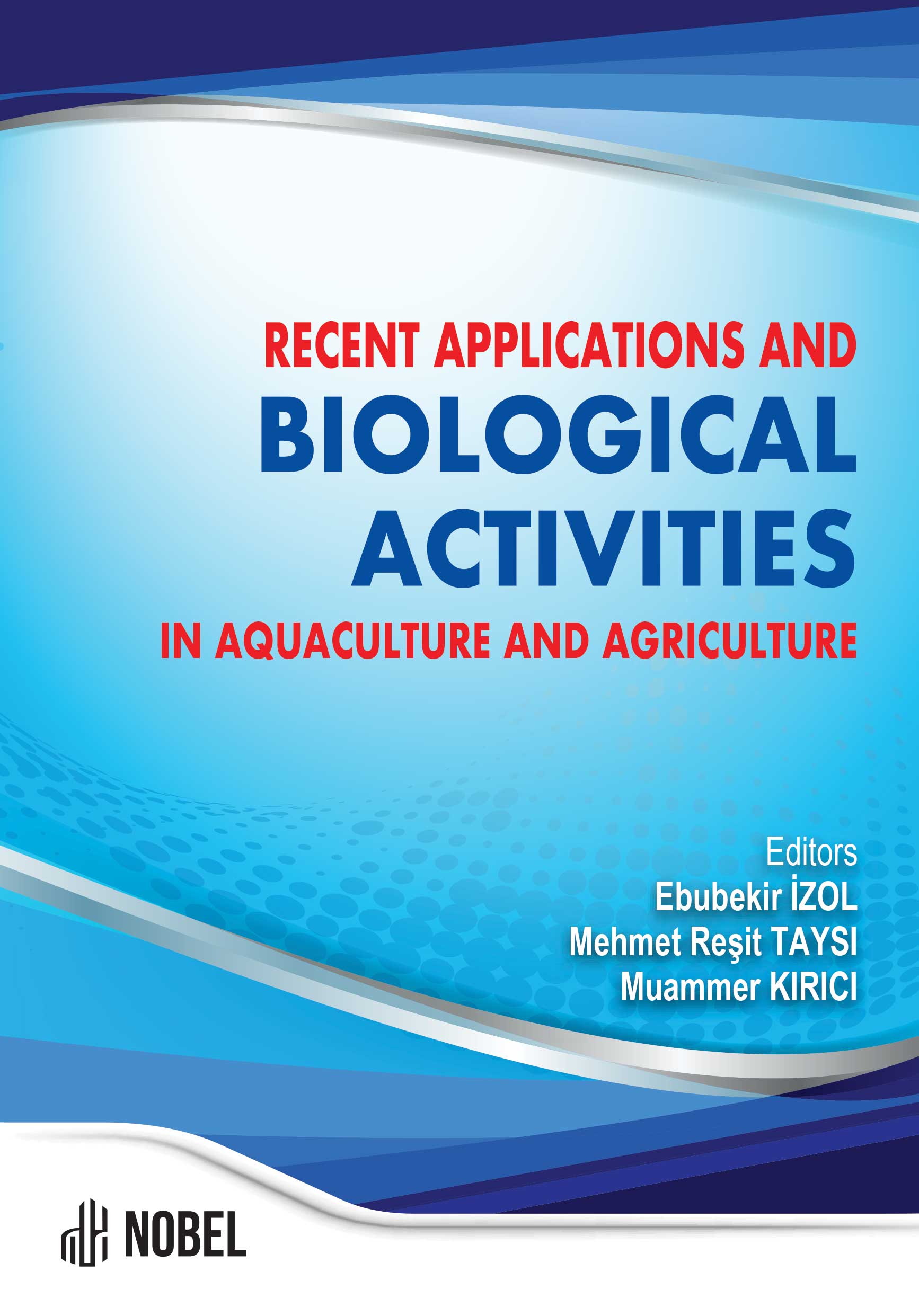Problems Detected in Pleurotus Ostreatus (Oyster Mushroom) Mushroom Cultivation in Türkiye
Ibrahim Turkekul (Author)
Release Date: 2024-06-07
Turkey, which has a wide ecological diversity due to its geographical location, is rich in honey bee and its ecotypes. A number of researches have been carried out on the identification and breeding of honey bee genotypes in our country. Our Anatolia, which includes various habitats, is the genetic centre of the subspecies of Apis [...]
Media Type
Buy from
Price may vary by retailers
| Work Type | Book Chapter |
|---|---|
| Published in | Recent Applications and Biological Activities in Aquaculture and Agriculture |
| First Page | 237 |
| Last Page | 270 |
| DOI | https://doi.org/10.69860/nobel.9786053359319.13 |
| Page Count | 34 |
| Copyright Holder | Nobel Tıp Kitabevleri |
| License | https://nobelpub.com/publish-with-us/copyright-and-licensing |
Ibrahim Turkekul (Author)
Tokat Gaziosmanpasa University
https://orcid.org/0000-0002-1036-9835
3He was born in 1964 in Keskin-Kırıkkale. He completed his secondary and high school education in Kırıkkale. He graduated from Atatürk University, Faculty of Science and Letters, Department of Biology in 1991. In 1993, he became a Research Assistant at Tokat Gaziosmanpaşa University, Faculty of Arts and Sciences, Department of Biology. He completed his master’s degree at Tokat Gaziosmanpaşa University, Institute of Science and Technology in 1995 and his doctorate at Karadeniz Technical University, Institute of Science and Technology in 2001. He was appointed as Assistant Professor to Tokat Gaziosmanpaşa University Faculty of Arts and Sciences Department of Biology in 2005, as Associate Professor in 2012, and as Professor in 2017. He currently works at Tokat Gaziosmanpaşa University, Faculty of Science and Letters, Department of Biology. The researcher, who has many national and international articles, is married and the father of three children, and his foreign language is English.
Piska K, Ziaja K and Muszynska B. (2017). Edible mushroom Pleurotus ostreatus (Oyster mushroom) – Its dietary significance and biological activity Acta Sci. Pol. Hortorum Cultus, 16(1) 151–161.
Bulam S, Pekşen A (2022). Oyster Mushroom (Pleurotus ostreatus) as a Healthy Ingredient for Sustainable Functional Food Production, The Journal of Fungus, December 13 (Special issue)131-143.
Kim, J.H., Kim, S.J., Park, H.R., Choi, J.I., Ju, Y.C., Nam,K.C., Kim, S.J., Lee, S.C., (2009). The different antioxi-dant and anticancer activities depending on the color ofoyster mushrooms. J. Med. Plants Res., 3, 1016–1020.
.Nikolova, D., Bjelakovic, G., Gluud, L.L., Simonetti, R.G.,Gluud, C. (2007). Mortality in randomized trials of an-tioxidant supplements for primary and secondary pre-vention: systematic review and meta-analysis. J. Am.Med. Assoc., 297(8), 842–857.
Sałata, A. Lemieszek, M., Parzymies, M. (2018). The nutritional and health properties of an oyster mushroom (Pleurotus ostreatus (Jacq. Fr) P. Kumm.). Acta Sci. Pol. Hortorum Cultus, 17(2), 185–197.
Erkel I (2000). Cultivated Mushroom Cultivation, Kocaoluk Publishing House, Istanbul 2000.
Cox A,. Folgering H.T.M,. Griensven van L.J.L.D (1988). Extrinsic allergic alveolitis caused by spores of the oyster mushroom Pleurotus ostreatus Eur Respir J. 1, 466- 46.
| onix_3.0::thoth | Thoth ONIX 3.0 |
|---|---|
| onix_3.0::project_muse | Project MUSE ONIX 3.0 |
| onix_3.0::oapen | OAPEN ONIX 3.0 |
| onix_3.0::jstor | JSTOR ONIX 3.0 |
| onix_3.0::google_books | Google Books ONIX 3.0 |
| onix_3.0::overdrive | OverDrive ONIX 3.0 |
| onix_2.1::ebsco_host | EBSCO Host ONIX 2.1 |
| csv::thoth | Thoth CSV |
| json::thoth | Thoth JSON |
| kbart::oclc | OCLC KBART |
| bibtex::thoth | Thoth BibTeX |
| doideposit::crossref | CrossRef DOI deposit |
| onix_2.1::proquest_ebrary | ProQuest Ebrary ONIX 2.1 |
| marc21record::thoth | Thoth MARC 21 Record |
| marc21markup::thoth | Thoth MARC 21 Markup |
| marc21xml::thoth | Thoth MARC 21 XML |

